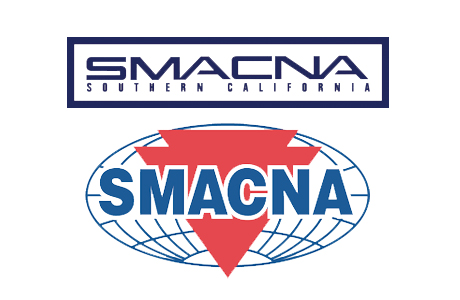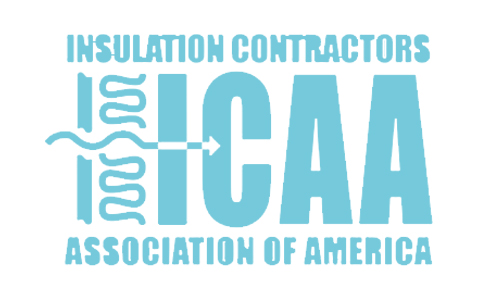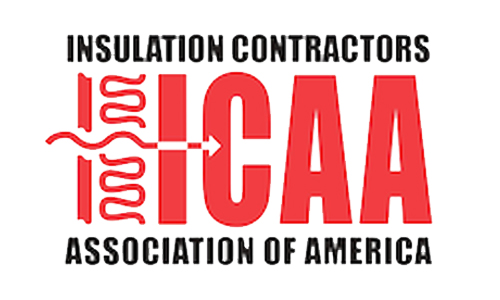It was a cold and dreary day on a Santa Barbara construction site. A contractor’s employee was working, using a power posthole digger which had been mounted on a tractor. Without warning, the employee’s clothing became entangled in the posthole digger, and sadly he was choked to death.
The Sheriff and an OSHA inspector were called to the scene of the accident, conducted an investigation and took photographs of the posthole digger as mounted on the tractor. A few days later, the contractor removes and destroys the posthole digger to insure that no other employees are hurt, and also to alleviate the bad memories of the gruesome accident relating to the digger.
What happens next? A lawsuit, of course. But, not the type of lawsuit you might ordinarily expect. The widow of Jose Gomez sued the employer construction company for spoliation of evidence due to its destruction of the posthole digger. (Gomez”- v. Acquistapace, (1996) §50 Cal.App.4th:740.)
The widow argues in court that the loss of the posthole digger prevented her from obtaining the evidence necessary for her to prevail on a claim against the manufacturer of the posthole digger. The contractor responded to the complaint by arguing that even though the post hole digger was intentionally destroyed, it was not done with the intent to hide or conceal evidence, but instead for safety reasons and peace of mind. In addition, the contractor argued that the negligent spoliation cause of action was barred because the widow’s exclusive remedy against the employer was provided through the workers’ compensation scheme.
The trial court agreed with the construction company and dismissed the widow’s lawsuit. After appeal, the trial court’s decision was reversed. The Appellate Court concluded that the widow could maintain her lawsuit against the contractor for spoliation of evidence even though the destructive acts were not done with the intent to hide or conceal evidence.
The Court held that a claim for spoliation of evidence exists where the defendant knows that: (a) a plaintiff has an existing or potential claim for damages; and (b) the destroyed or altered object might constitute evidence in that action. Further, the Court rejected the argument that the exclusive remedy of worker’s compensation barred the claim of the widowed Mrs. Gomez. The Court reasoned that since the injury or incident complained of by Mrs. Gomez was the destruction of potentially valuable evidence occurring after the accident, her husband obviously was no longer an employee of the contractor at the time of the injury.
The Gomez case provides a valuable lesson for all contractors and employers. Whether it’s the cracked hard hat, rusty nail, or post hold digger that injures one of your workers — don’t ditch it. Immediately after a job site accident, every effort should be undertaken to identify, photograph, and safeguard all physical evidence relating to the incident.
This article is intended to provide the reader with general information regarding current legal issues. It is not to be construed as specific legal advice or as a substitute for the need to seek competent legal advice on specific legal matters.
This article is intended to provide the reader with general information regarding current legal issues. It is not to be construed as specific legal advice or as a substitute for the need to seek competent legal advice on specific legal matters.


















